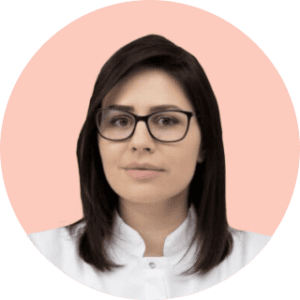Femia > Health Library > Your cycle > Health > Latest HIV treatment lenacapavir shows 100% efficacy in trials
Latest HIV treatment lenacapavir shows 100% efficacy in trials
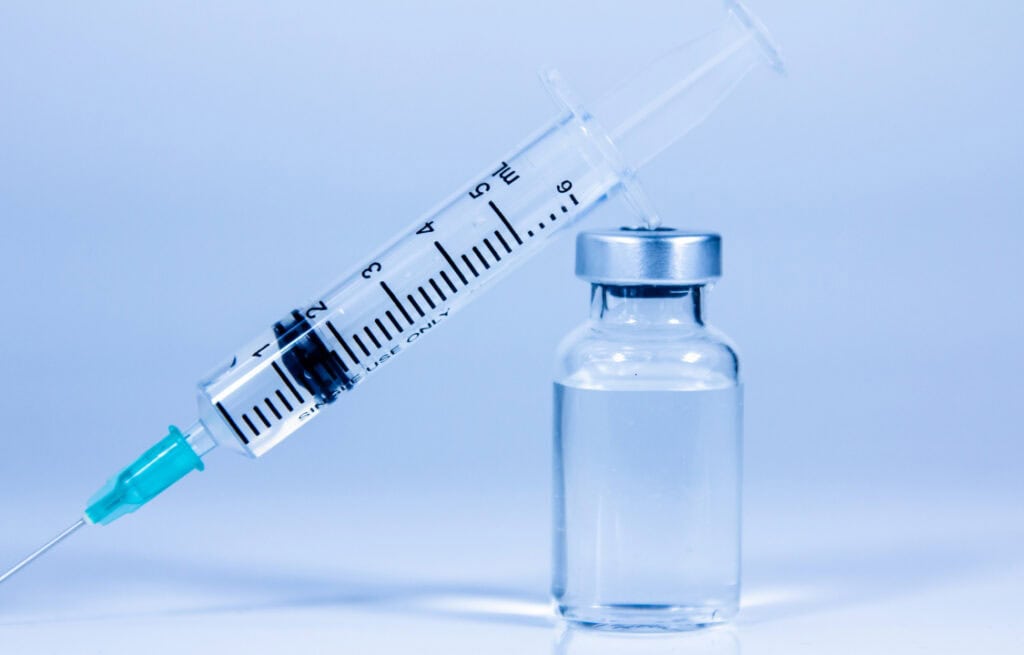
- Updated Feb 10, 2025
- Published
CRAFTED BY HUMAN
Crafted by human At Femia, we provide accurate and up-to-date information at every stage of your journey, from trying to conceive, pregnancy and postnatal support. All content is created by a real person based on in-depth research and own professional experience. Femia ensures that you will receive expert advice, strict accuracy and a personalized approach from our authors/medical experts. Learn more about our editorial policy.
FACT CHECKED
Fact checked At Femia Health, we maintain the highest standards of editorial excellence in delivering content focused on helping you conceive, guiding you through pregnancy, and supporting you postpartum. Explore our content review principles to learn how we ensure the accuracy and quality of our health and lifestyle tips for every stage of your journey.
Gilead’s lenacapavir shows 100% efficacy in preventing HIV, demonstrating a strong safety profile and promising new treatment for 2024. With a twice-per-year dosing regimen, the new HIV medication could improve treatment adherence and transform the prevention of HIV. Gilead is devoted to making the drug accessible to those in need across the globe.
Gilead Sciences is a US-based biopharmaceutical company with a three-decade-long devotion to breakthrough medical research and the development of innovative medicines. They specialize in creating drugs that target life-threatening diseases such as AIDS (caused by HIV infection), viral hepatitis, COVID-19, and cancer.
👉 Find out more: Pfizer COVID vaccine lawsuit and its implications for pregnancy
The company has been a leading innovator in the field of HIV research for more than 35 years. Some of the most significant medical discoveries have come from Gilead, including a total of 12 HIV medications.
Gilead researchers have developed the first single-tablet regimen to treat HIV, the first pre-exposure prevention drug to help minimize new HIV infections, and the first long-acting injectable HIV treatment medication administered twice per year. Thanks to their efforts, HIV went from a death sentence to a condition that is preventable, treatable, and chronic.
Now, Gilead has announced trial data claiming that one of its drugs, lenacapavir, is 100% effective at preventing an HIV infection and overall safe and tolerable. Lenacapavir is already registered as Sunlenca, to be used in combination with other drugs for the treatment of drug-resistant HIV infection. It is now evident that lenacapavir may hold even greater potential: effective prevention of HIV.
Important note: Its use for preventive purposes has not yet been approved by regulatory authorities. Further studies and regulatory review will be necessary before lenacapavir can be officially recommended for HIV prevention.
What makes lenacapavir so exciting? The latest Gilead HIV treatment offers a novel mechanism of action, superior efficacy to other preventative HIV drugs, a good safety profile, and long-lasting properties: you only need an injection every 6 months.
Although drugs like lenacapavir offer a piece of mind, they cannot be used as a substitute for protection against other sexually transmitted diseases (STDs) and pregnancy. You still have to use a condom or other barrier methods. Protection provides an additional layer of safety in case the medication is not taken as prescribed or if there is a breakthrough infection.
Important note: While the drug has shown promise, some side effects have been reported, particularly injection site reactions. The overall safety profile will continue to be evaluated in ongoing studies.
Femia helps you understand your symptoms and take action
What is HIV?
HIV (Human Immunodeficiency Virus) is a virus that attacks the immune system and causes AIDS (Acquired Immune Deficiency Syndrome) over time. You can be infected with HIV for years before it develops into AIDS, without knowing about it or experiencing any symptoms. Around the time of infection, some people experience flu-like symptoms that usually pass without any treatment.
Why is HIV so deadly? It targets a person’s immune system and makes it too weak to fight other infections. The HIV virus attacks white blood cells, gets inside of them, hijacks their replication machinery to make more copies of itself, and kills them afterward. Our immune system tries to fight back by producing more white blood cells, which allows the virus to multiply even further. Eventually – the immune system cannot make new cells fast enough. This is when the number of our white blood cells goes down and the amount of virus detectable in the blood goes up.
A weakened immune system, without enough white blood cells, cannot fight germs. People with AIDS may experience very serious and long-term infections caused by germs that typically cause no harm.
The history of HIV treatment
Back in the 1980s when HIV/AIDS epidemic started, there was limited understanding of how the virus works and spreads. There was fear, stigma, and no treatment available.
It wasn’t until 1987 that the first antiretroviral drug, AZT (zidovudine), was approved. It had limited efficacy when used alone and came with considerable toxic effects. However, it was able to prevent mother-to-child transmission of HIV.
In the 1990s, two new combination therapies were introduced. However, they involved taking more than 20 pills a day and dealing with numerous side effects. In 1996, highly active antiretroviral therapy (HAART) reduced the number of deaths by 47% and quickly became the standard of care in the United States.
In 2012, researchers came up with the first pre-exposure prophylaxis that could prevent disease in people with high risk of infections. This strategy can be effective if taken correctly, but many people fail to adhere to the instructions.
Latest HIV treatment: Gilead’s lenacapavir
Gilead has conducted a clinical trial called PURPOSE 1 to evaluate the safety and efficacy of its lenacapavir in comparison with other HIV drugs used for prevention: Descovy® and Truvada®.
More than 5,300 women and adolescent girls aged 16-25 across 25 sites in South Africa and three sites in Uganda participated in this trial. They were randomly divided into three treatment groups. Neither the participants nor healthcare professionals knew what substance which participant was getting. The researchers assessed the efficacy based on how many participants got infected with HIV.
According to the results, there were no cases of HIV infection in the group of women who received lenacapavir and the drug demonstrated 100% efficacy. Moreover, lenacapavir is an HIV treatment with a demonstrated safety profile and high tolerability. Based on these data, the independent Data Monitoring Committee (DMC) recommended that all participants receive lenacapavir from now on.
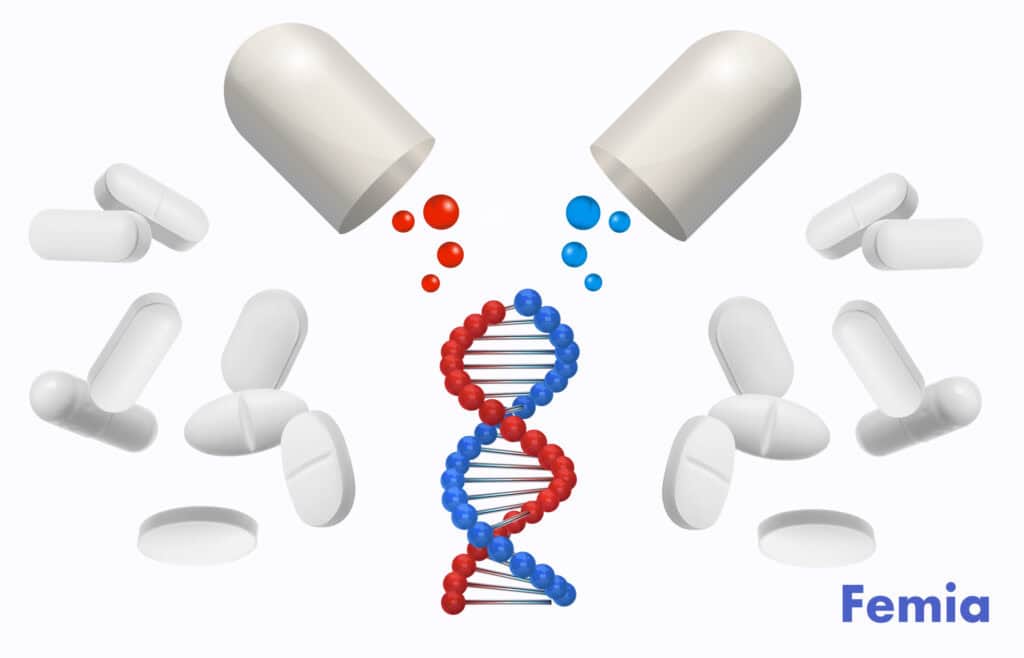
The efficacy results of Gilead’s HIV drugs: lenacapavir
Among the 5338 participants who were initially HIV-negative, 55 new cases of HIV infections were observed: 0 infections among 2134 participants in the lenacapavir group, 39 infections among 2136 participants in the Descovy® group, and 16 infections among 1068 participants in the Truvada® group.
Moreover, the overall average number of new infections (incidence) in the population was 2.41 per 100 person-years. The HIV incidence with lenacapavir was significantly lower than the background HIV incidence, as well as the incidence of infections with Truvada®.
Study participants did not adhere well to treatment with Descovy® and Truvada®, most likely because they had to take therapy often.
In conclusion, lenacapavir demonstrated superiority over Descovy® and Truvada® and met both of its efficacy endpoints. The results were measured as statistically significant (p<0.0001) and had a high confidence interval (95% CI).
HIV drug with successful trial: safety and tolerability
In clinical trials, the safety of a drug refers to the objective side effects that participants experience. These can be mild, like stomach ache, or serious, like liver damage. Tolerability measures how patients feel about the treatment and how well they endure it. A drug can be overall safe but have low tolerability because the patients feel nauseous after taking it.
The safety and tolerability of HIV drugs used to be a reason for concern. Many patients would experience mild or serious adverse effects that would compromise further treatment. However, this is not the case with lenacapavir, an HIV drug with successful trial outcomes.
According to the preliminary trial results, the new HIV medication was generally well tolerated and no new safety concerns were reported. Study participants who received lenacapavir mostly experienced injection-site reactions, like redness or swelling. Only 4 participants in this group (0.2%) had to stop treatment because of injection-site reactions.
👉 Find out more: First time sex tips: How to make your first time pleasurable and painless

Expert commentary on lenacapavir
The preliminary results of Gilead’s PURPOSE 1 trial make exciting HIV treatment news and position lenacapavir as a breakthrough therapy for the prevention of HIV.
Linda-Gail Bekker, who is the Director of the Desmond Tutu HIV Center at the University of Cape Town, South Africa, and past President of the International AIDS Society stated: “Twice-yearly lenacapavir for pre-exposure prophylaxis, if approved, could provide a critical new choice for HIV prevention that fits into the lives of many people who could benefit from pre-exposure prophylaxis around the world—especially cisgender women.”
“While we know traditional HIV prevention options are highly effective when taken as prescribed, twice-yearly lenacapavir for pre-exposure prophylaxis could help address the stigma and discrimination some people may face when taking or storing oral pre-exposure prophylaxis pills, as well as potentially help increase pre-exposure prophylaxis adherence and persistence given its twice-yearly dosing schedule.”
Lenacapavir holds the potential to transform the future of HIV treatment due to its high efficacy, novel mechanism of action, and long-lasting formulation. The new HIV treatment can reduce transmission of HIV, and improve clinical outcomes and the overall quality of life for millions of people living with HIV.
👉 Find out more: Toxic metals found in tampons: What you need to know
Next steps for Gilead
Gilead is conducting multiple trials as part of the PURPOSE program. In late 2024 or early 2025, the company is expected to announce the results of a PUPROSE 2 trial, which is testing lenacapavir in cisgender men who have sex with men, transgender men, transgender women, and gender non-binary individuals who have sex with partners assigned male at birth.
The company plans to seek FDA approval based on the results for both PURPOSE 1 and 2 trials, in order to ensure the latest HIV treatment can be used in multiple populations and communities in need. If all goes well, the drug should be licensed for prevention and made available for users worldwide.
Gilead is committed to delivering the drug to people in need in countries with a high incidence of HIV and with limited resources. Although the access strategy is not yet clear, experts have calculated the generic version of the drug would cost only $40 per year, which is much more affordable than the brand-name drug Sunlenca.
Moreover, The Joint United Nations Programme on HIV/AIDS (UNAIDS) has encouraged Gilead to allow generic production of lenacapavir to all low- and middle-income countries by negotiating voluntary licensing agreements through the Medicines Patent Pool (MPP) program.
Femia helps you understand your symptoms and take action
The bottom line
Gilead HIV treatment lenacapavir shows 100% efficacy in preventing HIV, demonstrating a strong safety profile and promising new treatment for 2024. Administered every 6 months by injection, the drug could revolutionize current HIV prevention and treatment efforts. It is the closest thing to an HIV vaccine that is presently available.
But while lenacapavir offers promising results as a preventative measure in clinical trials, it is not yet approved as a vaccine or for HIV prevention.
References
- “AIDS Institute.” New York State Department of Health, https://www.health.ny.gov/diseases/aids/. Accessed 31 July 2024.
- Bekker, Linda-Gail, et al. “Twice-Yearly Lenacapavir or Daily F/TAF for HIV Prevention in Cisgender Women.” New England Journal of Medicine, vol. 0, no. 0. Taylor and Francis+NEJM, https://doi.org/10.1056/NEJMoa2407001. Accessed 31 July 2024.
- “Gilead’s Twice-Yearly Lenacapavir Demonstrated 100% Efficacy and Superiority to Daily Truvada® for HIV Prevention.” Gilead, https://www.gilead.com/news-and-press/press-room/press-releases/2024/6/gileads-twiceyearly-lenacapavir-demonstrated-100-efficacy-and-superiority-to-daily-truvada-for-hiv-prevention. Accessed 30 July 2024.
- “History of the HIV Epidemic.” Gilead, https://www.gileadhiv.com/landscape/history-of-hiv/. Accessed 31 July 2024.
- Lay, Kat, and Global health correspondent. “HIV Drug Could Be Made for Just $40 a Year for Every Patient.” The Guardian, 23 July 2024. The Guardian, https://www.theguardian.com/global-development/article/2024/jul/23/hiv-aids-prevention-vaccine-lenacapavir-sunlenca-pharmaceuticals-gilead-generic-licensing.
- “New HIV Drug Can Only Offer Hope of Ending AIDS If All Have Access, UNAIDS Says.” The Joint United Nations Programme on HIV/AIDS (UNAIDS), https://www.unaids.org/en/resources/presscentre/pressreleaseandstatementarchive/2024/july/20240710_lenacapavir. Accessed 31 July 2024.
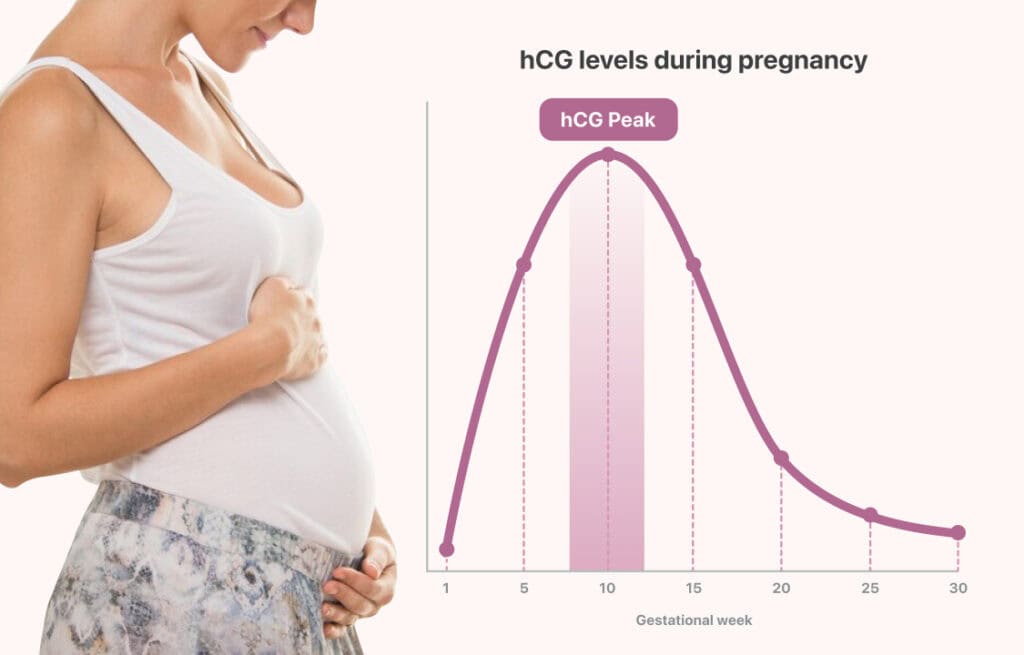
Explore this in-depth guide about the role of hCG in pregnancy, hCG levels by week, symptoms of rising hCG levels, and when to consult a doctor for an abnormality.
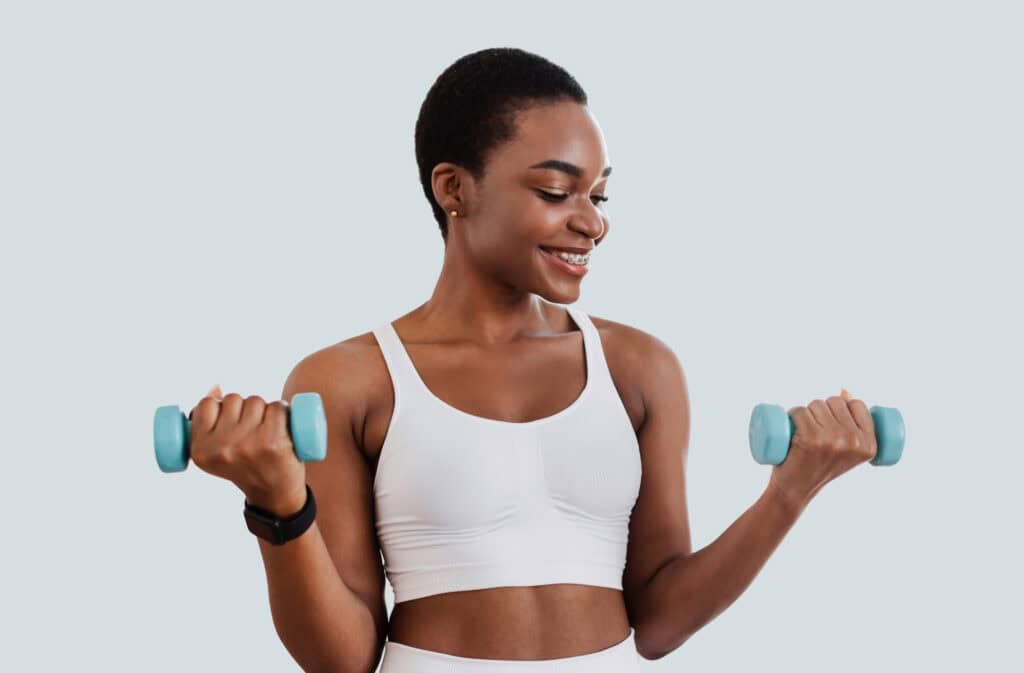
A coregasm is an exercise-induced orgasm that occurs during an intense core workout. An orgasm while working out is an asexual bodily response to exercise.

Learn how to get pregnant with poor sperm morphology. Discover lifestyle changes, medical treatments, and assisted reproductive technologies to improve your chances of conception.

